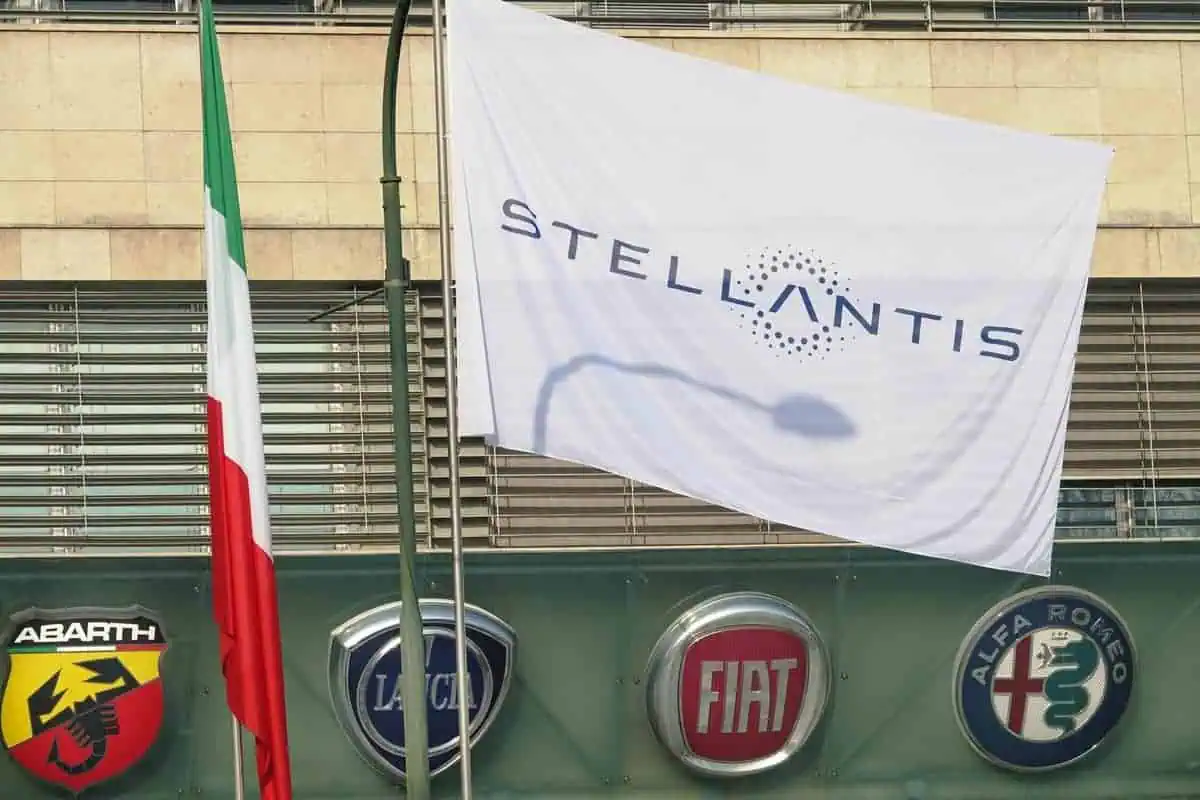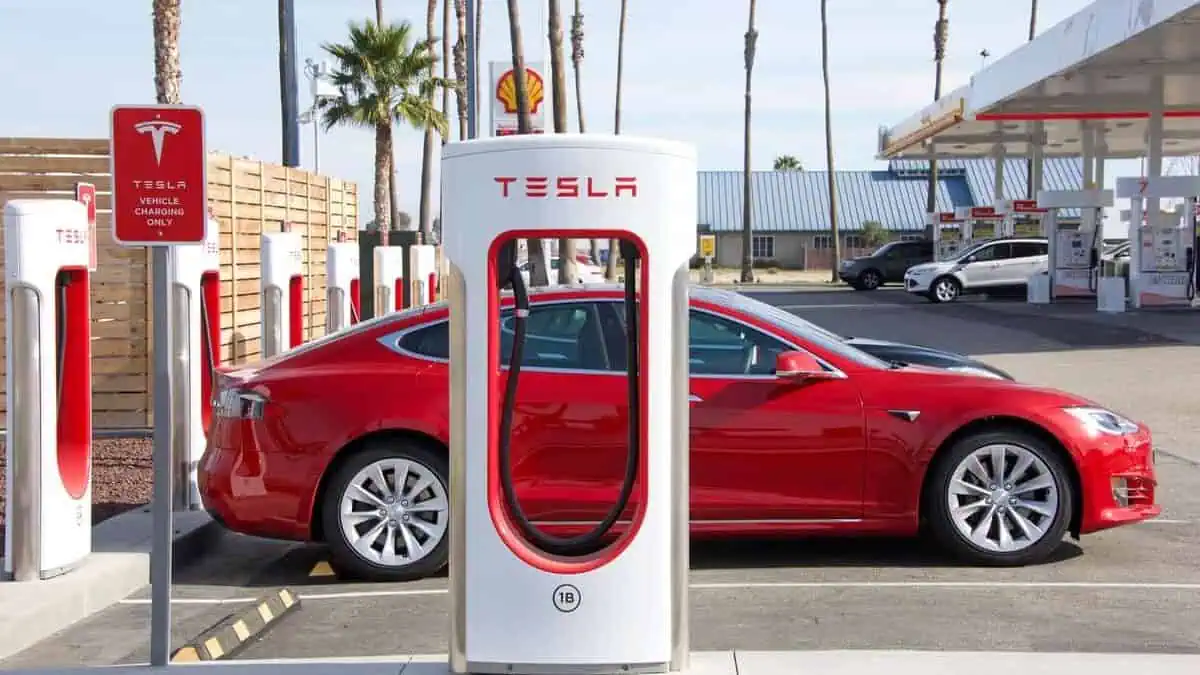Stellantis said that it had secured supplies for the ramp-up production of its electric vehicles in North America.
While some automakers worldwide scramble to get their supplies on critical materials making EV batteries, Stellantis said that it had secured supply on lithium. The automaker announced its agreement with Controlled Thermal Resources Ltd. (CTR). CTR will supply battery-grade lithium hydroxide for Stellantis’s North America EV production.
Accordingly, CTR’s Hell’s Kitchen Project, located in California’s Imperial County, will recover lithium from geothermal brines. The project will use renewable energy and steam to produce battery-grade lithium products.
The company has already expressed its concerns about battery shortage before. They expect a battery shortage around 2024-2025 as EV makers ramp up their productions and sales while building new battery facilities.
Carlos Tavares, Stellantis CEO, said, “Ensuring we have a robust, competitive, and low-carbon lithium supply from various partners around the world will enable us to meet our aggressive electric-vehicle production plans in a responsible manner.”
Meanwhile, Rod Colwell, CEO of CTR, stated: “Securing clean lithium produced with energy from a renewable resource helps to further decarbonize the battery supply chain, which in turn delivers cleaner cars with less environmental impact. We look forward to a strong and successful relationship with Stellantis.”
CTR will supply Stellantis with up to 25,000 metric tons per year of lithium hydroxide over the 10-year term of the agreement.
NEXTSTAR ENERGY
Meanwhile, Stellantis and LG Energy announced that its joint venture company is officially called NextStar Energy Inc. The appointed Chief Executive Officer will be Danies Lee. NextStar Energy will be Canada’s first large-scale lithium-ion battery production plant.
“I am extremely humbled by this appointment and look forward to putting in place the senior leadership team of NextStar Energy who will help me achieve our vision of producing leading-edge lithium-ion battery cells and modules to meet a significant portion of Stellantis’ vehicle production requirements in North America,” said Lee.
The two companies first announced their partnership last March. They have invested over CAD 5 billion ($4.1 billion) in establishing operations. The facility is expected to have an annual production capacity exceeding 45-gigawatt hours and will employ around 2,500 people.
Construction of the facility will begin later this year, and production operations are planned to start in the first quarter of 2024.
Furthermore, the two projects will support Stellantis’ Dare Forward 2030 strategic plan. The automaker aims to have more than 50% of BEV sales in North America by 2030.






